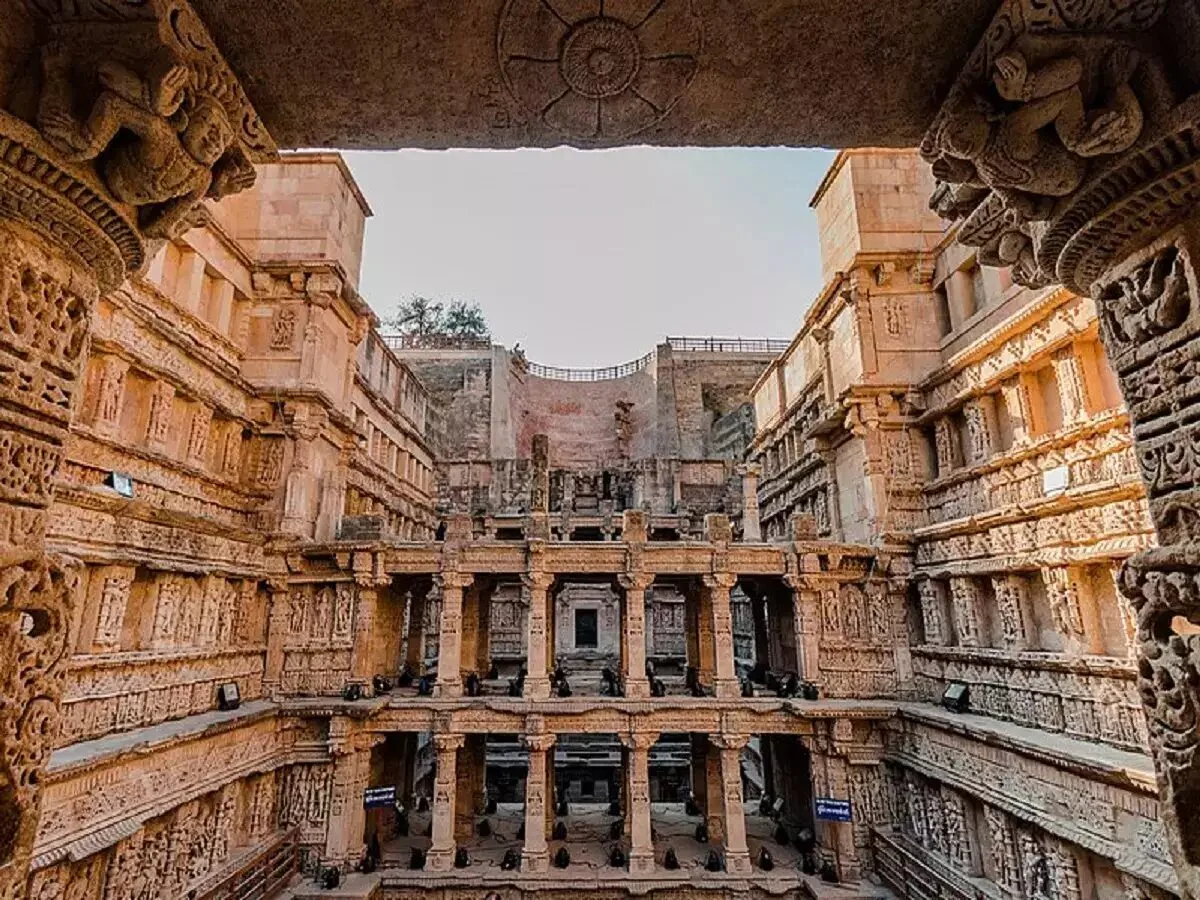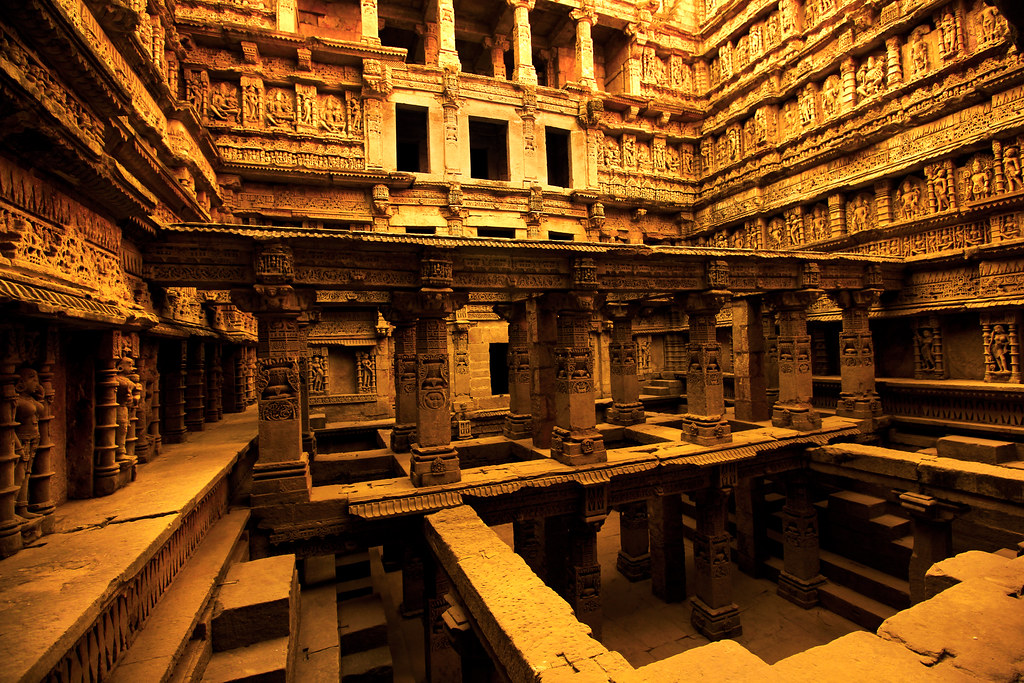Gujarat’s Ancient Stepwells: Mesmerizing Architectural Wonders
Exploring the architectural wonders of Gujarat reveals the mesmerizing beauty of its ancient stepwells, or vavs. These extraordinary structures are far more than mere wells; they are intricate, multi-storied underground architectural masterpieces, built not just to access water but also to serve as cool retreats, places of worship, and social gathering spots. Found predominantly in the arid and semi-arid regions of Gujarat and Rajasthan, they represent a profound understanding of water conservation and an unparalleled fusion of utility and exquisite artistry.

What sets Gujarat’s vavs apart is their stunning complexity and the sheer scale of their decorative elements. Unlike simple wells, stepwells descend deep into the earth through a series of elaborate, carved staircases and pillared pavilions that often span multiple levels. Each level might feature richly sculpted walls adorned with deities, mythical creatures, geometric patterns, and scenes from daily life, transforming a functional water source into a subterranean temple or palace. The most famous examples, like Rani-ki-Vav (Queen’s Stepwell) in Patan, a UNESCO World Heritage Site, exemplify this intricate blend of engineering, art, and spirituality.

These vavs were crucial to life in Gujarat, particularly during long dry seasons, providing reliable access to groundwater. Beyond their practical purpose, they were vital community hubs where people gathered to escape the oppressive heat, socialize, and perform religious rituals. The cool, shaded interiors provided a stark contrast to the scorching surface, creating a unique microclimate. Today, exploring these ancient stepwells is like stepping into another world, a testament to the remarkable ingenuity, artistic vision, and deep respect for water that characterized the civilizations of Gujarat.
